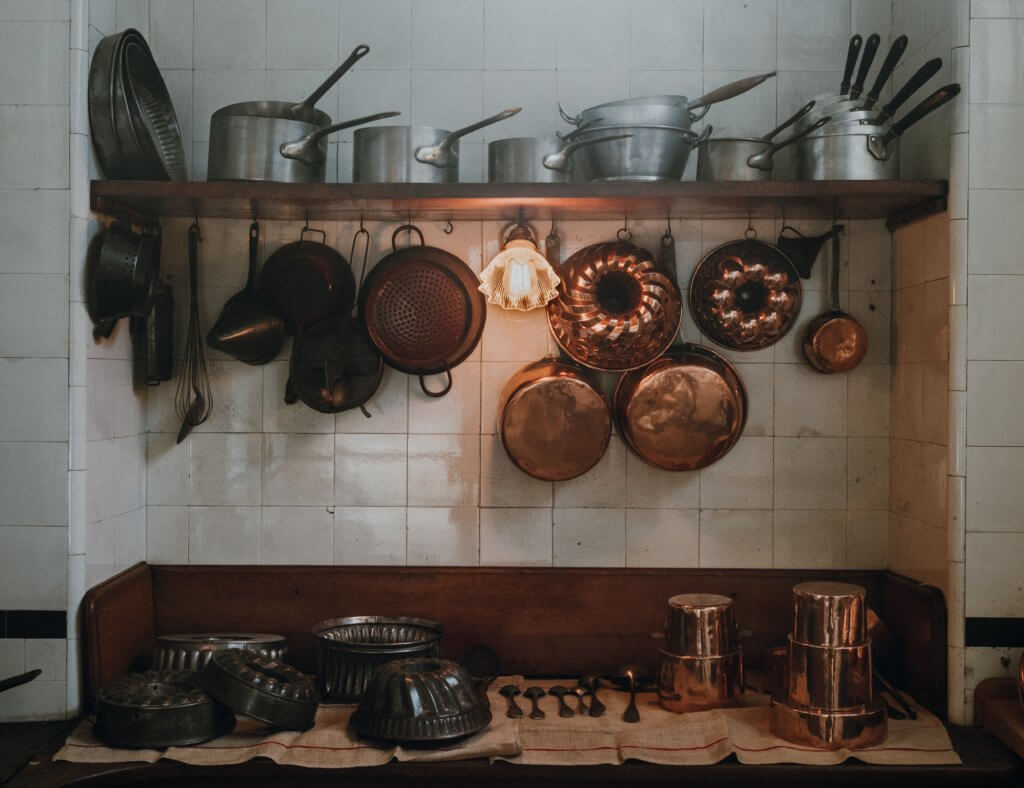6 Kitchen Redesign Tips for a More Organized Year
Your kitchen is the go-to place for everyone in the home. It has been a loyal companion, seeing you through all of your “hangry” moods, ice cream binge fests, and random get-togethers.
And it doesn’t even complain when you yell at it for having too much or too little junk food, depending on your mood of the minute.
Yet, this steadfast room is also one that gets overlooked when it comes to organization.
A tidy, streamlined kitchen lets you spend less time searching for utensils and more time on your grocery list. That way, you’ll always have the right meals to soothe the wild beasts in your home.
Use these kitchen redesign tips to create an efficient room for fast meal prep when someone’s hunger level hits the danger zone.
1. Clear the Cabinets
Picture this:
You’ve invited everyone over for dinner, planned a favorite meal, compiled all the ingredients, and started mixing and cooking.
Then, the unthinkable happens. The must-have ingredient that makes or breaks the recipe has been in your cupboard so long, it has expired. And everyone will be showing up any minute.
It’s worse than any horror movie. But with an organized kitchen, it’s not going to happen to you anymore!
To get your cupboards under control, empty them completely, one at a time. As you do this, throw away any expired goods. Create a pile for items that are still edible but that you know you won’t use. You can donate these later.
When the cupboards are bare, scrub the shelves with an all-purpose cleaner. Don’t forget the inside and outside of the cupboard doors. When you’re dealing with consumables, any little speck of food can draw pests.
Lining each shelf is an easy, inexpensive way to keep your shelves from warping if they get wet. Decorative liners can up the style factor in your kitchen, too.
Once that’s done, make sure to keep your cabinets organized. As you stock your cupboards, keep the freshest items towards the back. Use the oldest ingredients first.
2. Declutter the Counters
While your cleaning supplies are out and you’re in the cleaning groove, take care of the counters. Clear them off and give them a good scrub.
To get the surfaces organized, you’ve got to declutter them. Think about what you really need on the countertops before you return what you removed.
What is visible on the counters should be limited to the most important appliances and goods. The only things on your counter should be the things you use daily, like your coffee pot and toaster.
Streamline the day by keeping everything you need for each task in one place. For instance, all your Keurig cups, coffee filters, and mugs should be near the pot. You shouldn’t need to step away from the counter to get your morning jolt of caffeine.
3. Corral Everything into Zones
Once you’ve organized your counters, break the rest of the kitchen into zones.
There are three primary activities that the kitchen is used for: cleaning, meal prep/cooking, and pantry storage. It only makes sense to set your kitchen up around these tasks.
Whether you’re just moving in or you’ve been settled in your place for a while, your kitchen’s design needs a strategy behind it.
Here’s how you should organize the zones in your kitchen:
Cleaning Zone
The area around your sink is in the cleaning zone. This is the place you should store chemicals, cleaning supplies, and dishes.
It’s all in the “splash zone,” so be sure everything kept here is waterproof.
Meal Prep/Cooking Zone
Everything necessary for meal prep and cooking should go next to your stove. The list for your meal prep/cooking zone may be long or short, depending on how frequently you cook.
It will definitely include pots and pans, a cutting board, and cooking utensils.
Pantry Zone
Any cupboards and drawers outside of these two sections are your pantry zone. This area, which includes the fridge, is where you store your basic consumables.
If you can manage to get all of your supplies sorted into the three main zones, working in your kitchen will be simple!
Related: The 53 Kitchen Essentials for Your Brand New Apartment
4. Buy Some Storage Tools
After you’ve zoned, think about the areas you need a little extra help with. Maybe you need more storage space for your pots and pans. Or perhaps you need a drawer organizer for your utensils.
Don’t leave these loose ends hanging. Find a storage system that will give you the structure you are looking for.
Your favorite online department store probably has a wide variety of supplies for you to choose from. You can find common storage systems like:
Set a budget and buy one thing at a time, or get everything in one fell swoop. If it helps you get organized, it’s worth the investment.
5. Finalize the Little Things
The kitchen can be used for more than satisfying a feeding frenzy of starving humans. It’s a central area where you can add your personal style and daily necessities, too.
Since everyone passes through the kitchen at some point, it’s a smart idea to use the room wisely. How can you integrate the family’s schedule and daily activities into this popular area?
A stylish calendar and memo board hung on the wall adds flair to the room and serves as a placeholder for events and reminders. A cute magnetic grocery list pad on the fridge prevents surprises when you run out of something.
Organization goes beyond the cupboards. A few finishing touches can make your whole day run efficiently.
Conclusion
Arranging a smooth-running and structured kitchen isn’t too hard. If you work diligently, you can reorganize your kitchen in one afternoon!
With zoning, storage organizers, and your personal touch, you can tame the hungry beasts in your home before they make you go wild.




